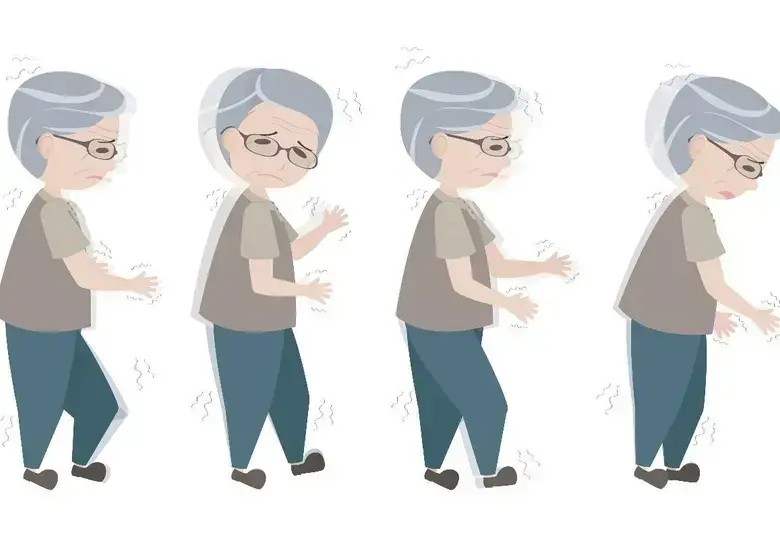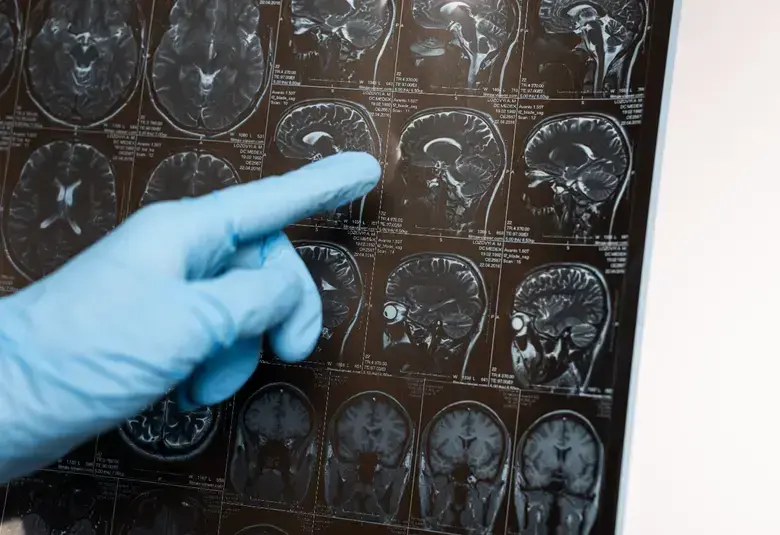Today is a most exciting time in the migraine field given the plethora of new therapies introduced over the last two years, said Professor David Dodick, Mayo Clinic College of Medicine, USA when opening his Migraine Trust award lecture at #MTIS2020. He went on to outline key learnings on the transition of monoclonal antibodies targeting calcitonin gene-related peptide from randomised controlled trials to use in everyday clinical practice, bringing benefits to people with migraine worldwide.
What have we learned?
Monoclonal antibodies (mAbs) targeting calcitonin gene-related peptides (CGRP) have proven efficacy in clinical trials of episodic and chronic migraine leading to their recent introduction into the clinic. This new class of agents is also shown to be effective for treatment-resistant patients who have experienced prior multiple preventive treatment failures, and in people with medication overuse headache (MOH).1,2 We have also learned that there is potential for a rapid onset of effect within one month and even within one week, said Professor Dodick.3
This is the most exciting time in the migraine field given the plethora of new therapies introduced over the last two years
Superior effectiveness in clinical practice
Professor Dodick reviewed the evidence emerging for real-world effectiveness gained since launch of this new class of therapeutics. Retrospective cohort studies conducted in Italy and the USA show that, in terms of efficacy, CGRP mAbs in everyday practice outperform the results from clinical trials.4-6
In terms of efficacy, CGRP antibodies in everyday practice outperform the results from clinical trials
In an observational study of people with episodic or chronic migraine in the Abruzzo region of Italy (N=89), 70% of patients had a 50% decrease in monthly migraine days (MMD) within 3 months and after 6 months the median MMD decreased by 15 days from 19 to 4 days (p<0.001).4 Patients also reported a reduction in consumption of acute analgesic medications, and reduction in depression and anxiety during 6 months of CGRP mAb therapy. Among people with MOH, over 70% reverted to non-MOH within 6 months.4
In a highly burdened patient population with chronic migraine (N=43), comorbidities (depression, anxiety, chronic pain, IBS) and multiple prior preventives use (mean 11 agents), the number of monthly headache days (MHD) decreased significantly from 24.8 to 18.3 days, and similarly MMD decreased from 19.1 to 10.7 days at 6 months following CGRP mAb therapy (p<0.001).5
Safety – benefits outweigh any drawbacks
Adverse events reported with CGRP mAb use in clinical practice appear to be more frequent and more diverse than those identified from clinical trials; however, the overall discontinuation rate due to adverse events is still quite low at around 8-12% of treated patients. The most frequent side effects reported included constipation, injection site reaction, fatigue, worsening headache, and dizziness.4-6 Allergic reaction occurs in a minority of patients (1-3%).4-6
Nonetheless, for many patients the advantages of new preventive treatments overshadow any side effects. A retrospective cohort study conducted at the Harvard Medical School, found that among 241 patients who had received CGRP mAb therapy, 70% of patients felt that the benefits of treatment outweighed any drawbacks and 63% planned to continue use of CGRP antibodies.6
70% of migraine patients felt that the benefits of new CGRP antibody therapy outweighed any drawbacks
For the latest updates on sea.progress.im, subscribe to our Telegram Channel https://bit.ly/telePiM
Our correspondent’s highlights from the symposium are meant as a fair representation of the scientific content presented. The views and opinions expressed on this page do not necessarily reflect those of Lundbeck.




